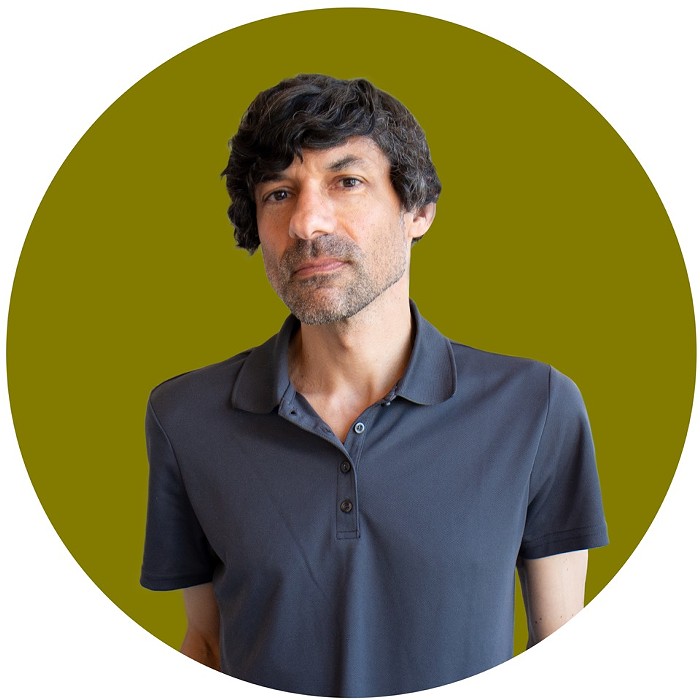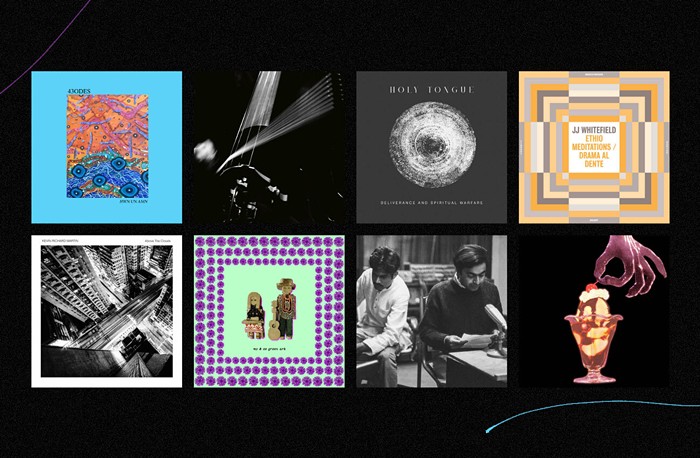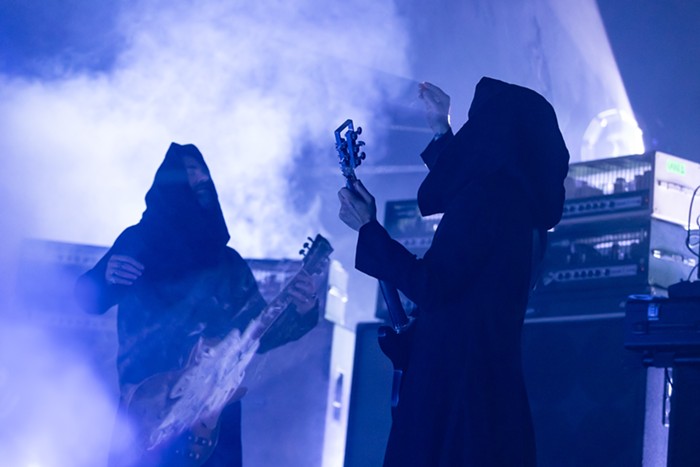
A true iconoclast and original, the blind soul-jazz multi-instrumentalist Rahsaan Roland Kirk is the subject of a documentary titled The Case of the Three Sided Dream. Directed by Adam Kahan, the film explores Kirk's idiosyncratic music, his unique playing techniques that often involved him blowing through three horns simultaneously, his staunch, pro-black political views, and more. “I set out to find the instruments I heard in my dreams,” Kirk says in the film, and thankfully for us, Kirk's dreams were quite unusual. (There are currently no Seattle screenings scheduled for The Case of the Three Sided Dream. UPDATE: Northwest Film Forum showed this in October of 2014, but I sadly missed it.)
A master of saxophone, the stritch, the manzello, and flute, Kirk also played clarinet, harmonica, English horn, and recorders, and trumpet. He was fond of deploying non-musical things in his compositions like sirens, clocks, and garden hoses along with tape manipulation and electronics—unusual approaches for jazz musicians of the '60s.
Kirk's most famous work may be his lead flute and solo on Quincy Jones's "Soul Bossa Nova" (which you heard in Austin Powers), but his extensive catalog is rife with daring records, including the 1965 LP Rip, Rig and Panic, which inspired the group name for a wild bunch of British post-punk-jazz misfits, who included Don Cherry's stepdaughter, Neneh.
Check out the trailer for The Case of the Three Sided Dream below and enjoy the 1967 film Sound?? featuring Kirk and composer John Cage.



















